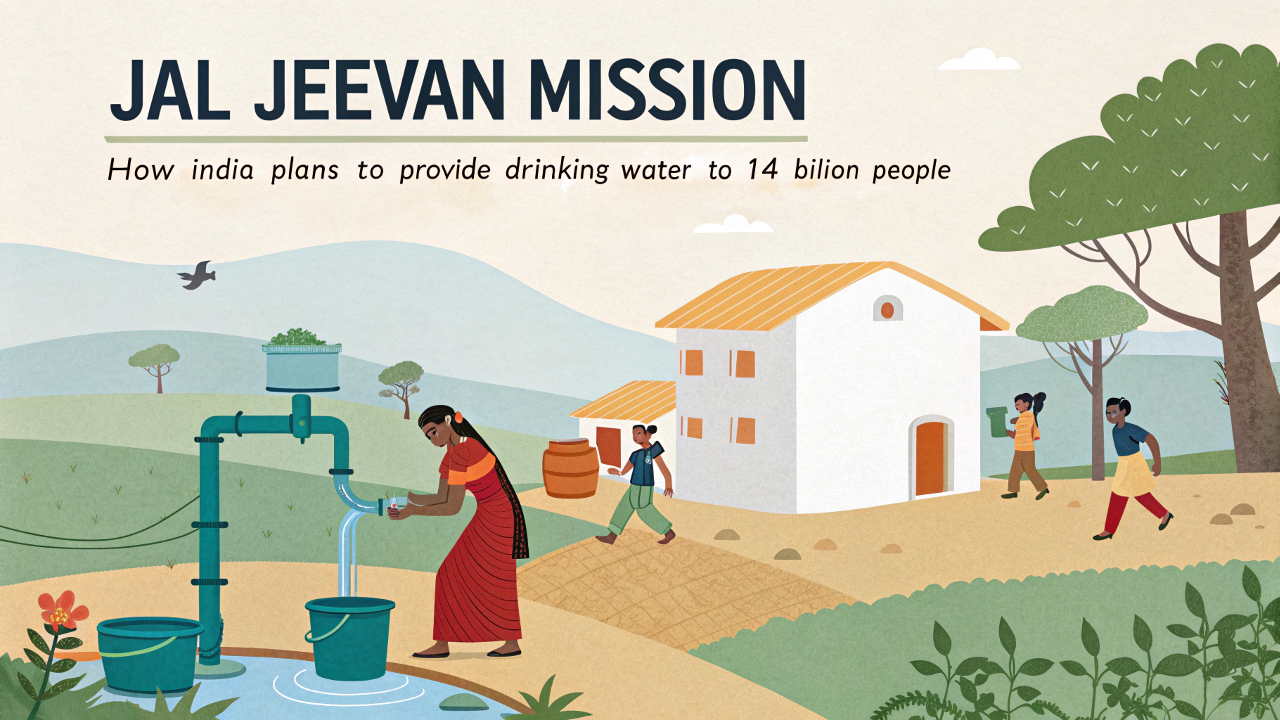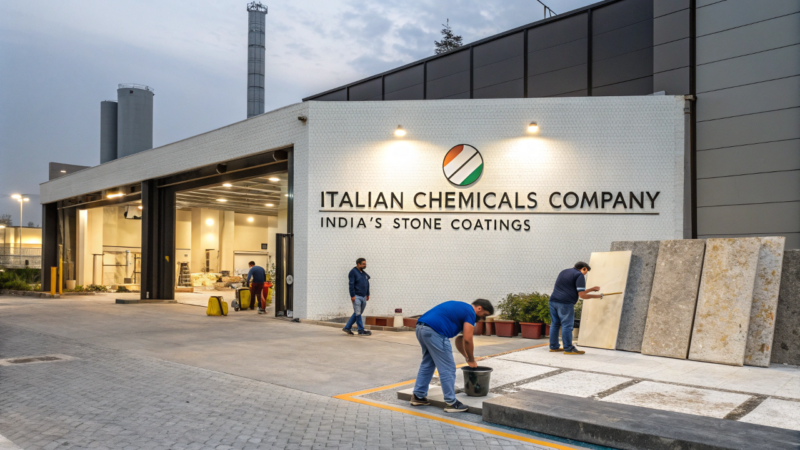
Introduction
Water security is one of the most pressing challenges in India today, with growing urbanization, industrialization, and climate change exacerbating water stress across the country. In response, the Government of India launched the Jal Jeevan Mission (JJM) in 2019, a ₹3.6 trillion ($50 billion) initiative aimed at providing functional tap water connections to every rural household by 2024.
The mission, spearheaded by the Ministry of Jal Shakti, is one of the world’s largest water supply projects, offering vast investment and collaboration opportunities for global technology providers, infrastructure companies, and water management firms.
The Scope and Objectives of Jal Jeevan Mission
- Providing Universal Access to Clean Drinking Water
- The goal is to ensure 100% rural household tap water connectivity by 2024.
- As of March 2024, over 12 crore (120 million) households have already been provided with tap water connections (Ministry of Jal Shakti, 2024).
- Focus on Water Quality and Sustainability
- The initiative aims to address fluoride, arsenic, and nitrate contamination in rural water supplies.
- Promotes water source sustainability through rainwater harvesting, groundwater recharge, and watershed management.
- Implementation of IoT-based real-time monitoring systems for water quality.
- Community-Driven Approach
- Encourages local governance and community participation through Village Water and Sanitation Committees (VWSCs).
- Training of women-led water management groups to ensure equitable water distribution.
Investment and Business Opportunities Under JJM
- Infrastructure Development and EPC Contracts
- Pipeline Construction: Over 3 million km of water pipelines are expected to be laid.
- Water Treatment Plants (WTPs): Increasing demand for RO, UV, and membrane-based water purification systems.
- Desalination Projects: Emerging opportunities in water-scarce coastal regions.
- Smart Water Management and Digital Solutions
- Adoption of IoT-enabled smart meters for real-time monitoring and leak detection.
- Use of AI-based predictive maintenance to prevent infrastructure failures.
- Integration of SCADA (Supervisory Control and Data Acquisition) systems for water distribution.
- PPP Models and FDI Participation
- Public-Private Partnerships (PPP): The government is actively inviting private players to invest in infrastructure projects.
- Foreign Direct Investment (FDI): 100% FDI permitted under the automatic route for urban water projects (DPIIT, 2024).
Challenges and Bottlenecks in Implementation
While JJM presents immense opportunities, several challenges persist:
- Uneven Progress: Some states lag in implementation due to a lack of skilled manpower and funding constraints.
- Water Source Sustainability: Climate change impacts and groundwater depletion remain major concerns.
- Technological Integration: The need for advanced water quality monitoring and efficient distribution networks.
Future Prospects and Global Participation
- Expansion to Urban Areas: The mission is likely to be extended to peri-urban and urban regions under AMRUT 2.0.
- Adoption of Renewable Energy: Solar-powered water pumping systems to reduce dependence on grid electricity.
- Increased International Collaborations: Countries like Israel, Singapore, and the Netherlands are actively partnering in India’s water sector.
Conclusion
The Jal Jeevan Mission is a game-changing initiative that is reshaping India’s water infrastructure. For global players, this mission presents unparalleled opportunities to invest, innovate, and collaborate in the world’s fastest-growing water economy. With the government’s strong policy push, funding support, and technological advancements, the future of India’s water security looks promising.
External References & Citations:
- Ministry of Jal Shakti – Jal Jeevan Mission Updates 2024
- DPIIT – Foreign Direct Investment Policy in Infrastructure
- World Bank – India’s Water Supply Investment Trends
- Smart Cities Mission – IoT in Water Management






